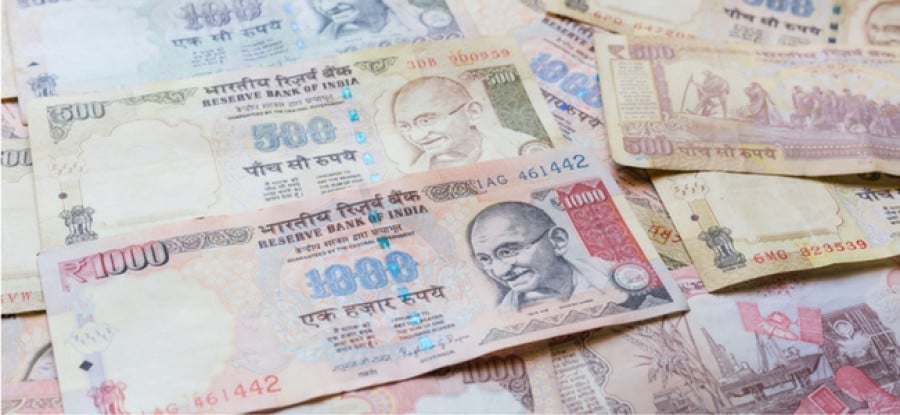How India’s demonetization is impacting Indian sport

On November 8th, 2016, Prime Minister Narendra Modi delivered a surprise address to the country at large. In his address, he announced demonetization as a measure to curb the plague of black money.1 As a corollary to his actions to bring more accountability, he announced that currency of the denominations of Rupee (R.) 500 (approx. USD $7.5) and R. 1000 (approx. $14.5) would cease to be legal tender from midnight of 8th November 2016. This resulted in a whopping 86.4 percent of the currency notes in circulation in India being declared as defunct.2
What ensued was nothing less than pandemonium. Chaos reigned supreme as banks and Automated Teller Machines (ATMs) saw long snaking queues of citizens, anxious to exchange the now-defunct notes.3 The Government put a number of provisions and restrictions in place to ease the transition the process of exchange of old and defunct currency to the newly announced denominations,4 but these offered little respite.
As per estimates available online, currency amounting to Rs.14 trillion was pulled out of circulation. If the Government plans to replace this deficit with the new notes in an equal ratio (half the amount in Rs.2000 notes, and the other half in the new Rs.500 notes), it has been calculated that it will take 175 days to print the number of notes required and then transfer and distribute them.
While the intention behind this drastic measure may be laudable, the implementation has left a lot to be desired. Acute shortage of the new denomination notes, coupled with ATMs that required recalibration, brought a significant portion of cash transactions to a standstill. People were left in the lurch, with no option but to either deposit their money in banks, or get the money exchanged from banks.
Though a section of people welcomed the move and undertook to brave the inconvenience caused, a section of the populace was up in arms against the decision of the Government. Deaths of patrons, caused while waiting at queues in banks was used as ammunition to assail the viability of this decision. The Government, however, ruled out withdrawal or roll-back of this move.5
To continue reading or watching login or register here
Already a member? Sign in
Get access to all of the expert analysis and commentary at LawInSport including articles, webinars, conference videos and podcast transcripts. Find out more here.
- Tags: Board of Control for Cricket in India (BCCI) | Contract | Cricket | Employment | England and Wales Cricket Board (ECB) | Governance | India | Regulation
Related Articles
- IPL media rights bidding structure, Yadav investigation and DRS in Indian cricket
- The future of sports governance: Will sport sustain its traditional model of autonomy?
- The need for better dispute resolution systems in Indian sport and the Government’s new Guidelines
- How sports rights holders protect against IP infringements in India: Part 1 - overview of IP laws
Written by
Aahna Mehrotra
Ms. Aahna Mehrotra is a Partner at TMT Law Practice. She was called to the Bar in May, 2011 and has gained considerable exposure through her experiences at different institutions worldwide.
Anurag Tandon
Anurag is an Associate in the Sports Law department at DPSA-TMT. DPSA-TMT is a merged entity of DPSA Legal and TMT Law Practice, founded in October, 2016.


 Global Summit 2024
Global Summit 2024